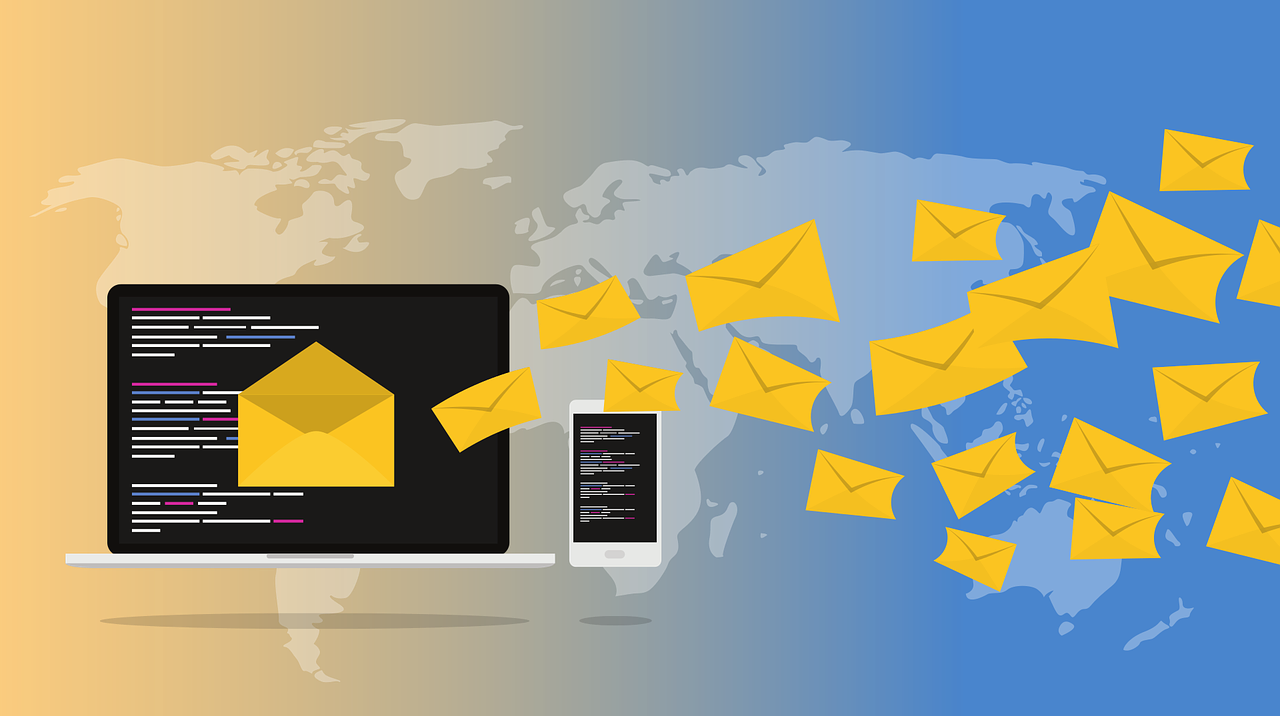Marketing personalization is possible thanks to the power of big data. But, as we have seen recently, data can be used for good or… well evil. Personalization is a great way to engage with your users, but if your not careful you can come across as creepy. So let’s talk about how to use personalization without being creepy.
Before we get into some best practices, I want to share some statistics that prove personalization works.
- 79% of consumers say they are only likely to engage with an offer if it has been personalized to reflect previous interactions the consumer has had with the brand. (Marketo)
- By 2020, 51% of consumers expect that companies will anticipate their needs and make relevant suggestions before they make contact. (Salesforce)
- More than half of consumers (57%) are okay with providing personal information (on a website) as long as it’s for their benefit and being used in responsible ways. (Janrain)
- Personalization works: 88% of U.S. marketers reported seeing measurable improvements due to personalization — with more than half reporting a lift greater than 10%. (Evergage)
- 78% of U.S. Internet users said personally relevant content from brands increases their purchase intent. (Marketing Insider Group)
As you can see, leveraging personalization can result in better engagement and improve sales. While there are a number of ways to personalize our messages for our leads, there are a few best practices to keep in mind. Remember, there is a fine line between personalized and just plain creepy.
Respect Their Information
When a lead hands over personal information in exchange for a piece of content, they are trusting you respect that information. This is where a lot of businesses go wrong. Just because they gave you some information, doesn’t mean they also gave you free reign on how you use it.
We live in a world where we have been conditioned to hand over our name and email to gain access to platforms, content or tools. This information is valuable and can be used to provide more value to the individual that shared it with us. The key here is to respect the information and not overuse, misuse or abuse it.
Here are a few a best practices for using your customers’ personal data:
- Only use their name in personalization where it makes sense: Using a first name in an email is cool. Using it to greet them on your homepage is creepy.
- Be Transparent: Inform your visitors that you collect information to help give them a better and more personal experience.
- Give them a choice: lf someone decides they no longer want to stay connected with you, give them a clear way to opt out.
Context Is King
Context is the most important thing when it comes to personalization. Knowing when, where, and how to add a personalized message is the difference between great marketing or being a total creeper.
Take into consideration the communication platform. Email should be treated differently than a social channel. A website should be treated differently from the other two. When creating a personalized campaign, make sure that you empathize with your customer and take into account how they may react.
Use Common Sense
With all that we can do with technology one thing that often gets overlooked is common sense. In my last point I talked about using empathy. But we have to do more than just empathize; we have to act on that. Before using your customers’ data to personalize your strategy, stop and ask, “is this cool or creepy?” If you would feel weird getting the message you are about to send, stop and rethink your strategy.
There is so much we can do when it comes to creating personalized experiences online. Whether you are creating an email, social retargeting, or onsite personalization, make sure that you have all of your bases covered. While personalization can be very powerful and add a ton of value, if used incorrectly you can come across as creepy and untrustworthy.

